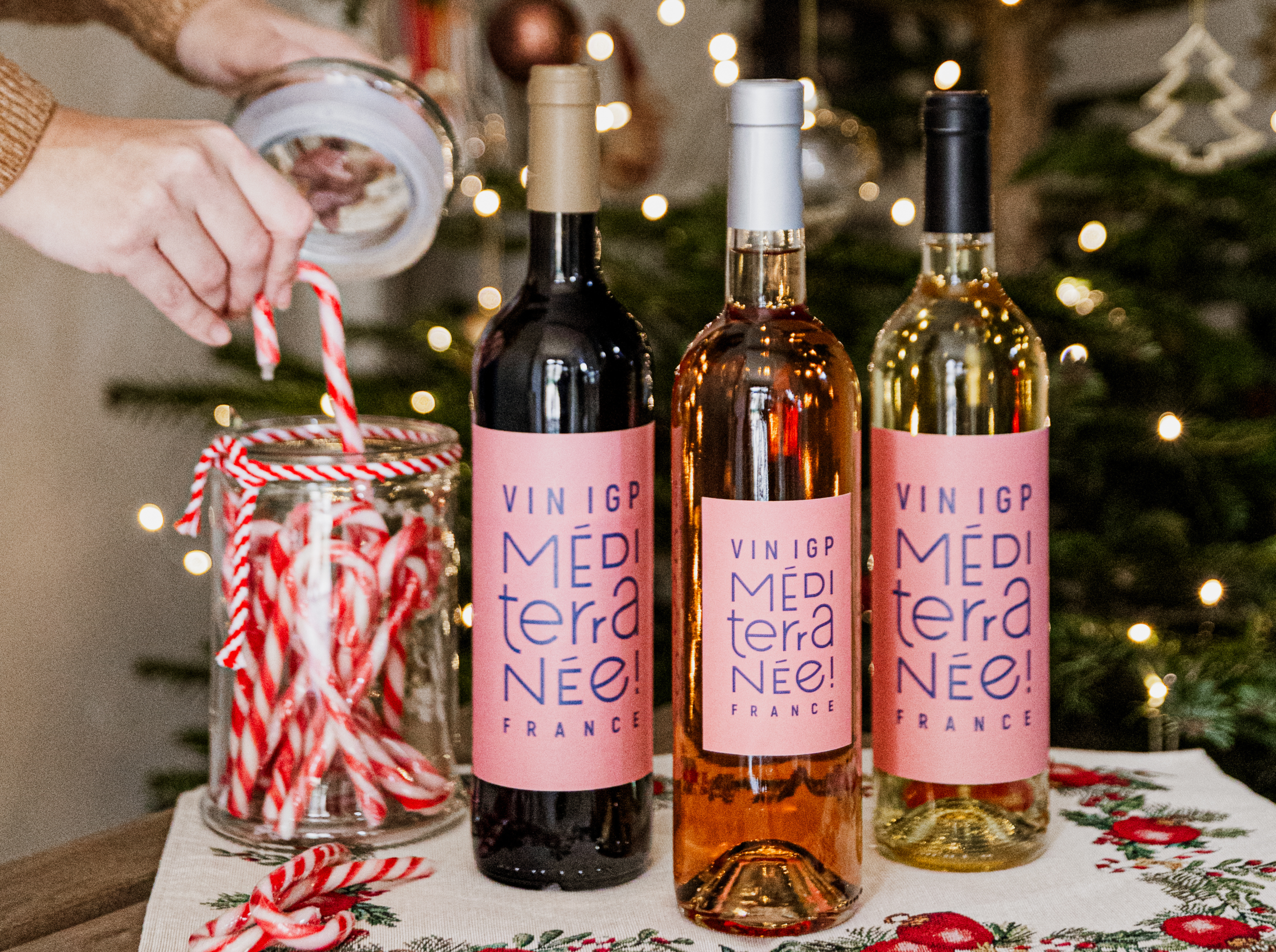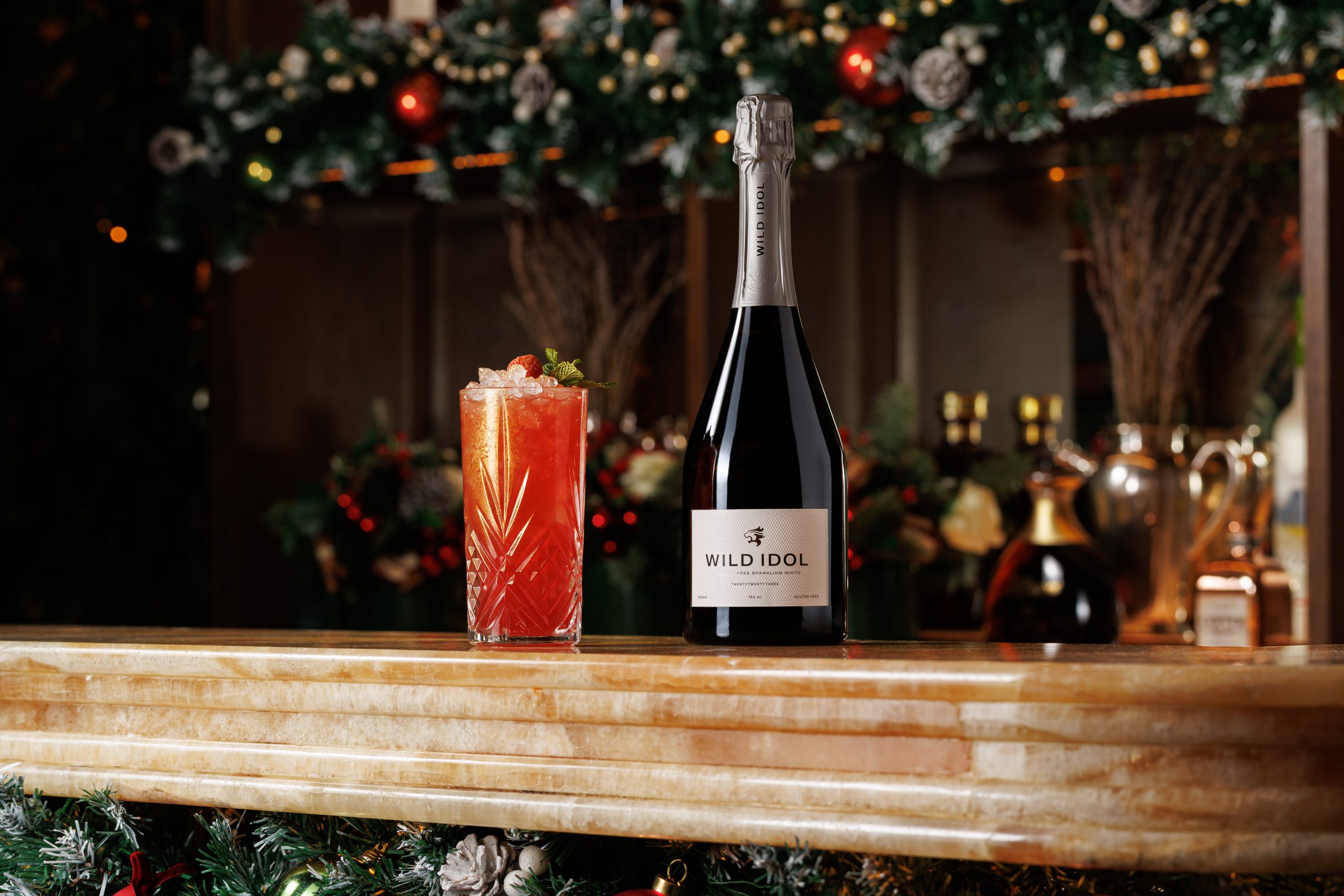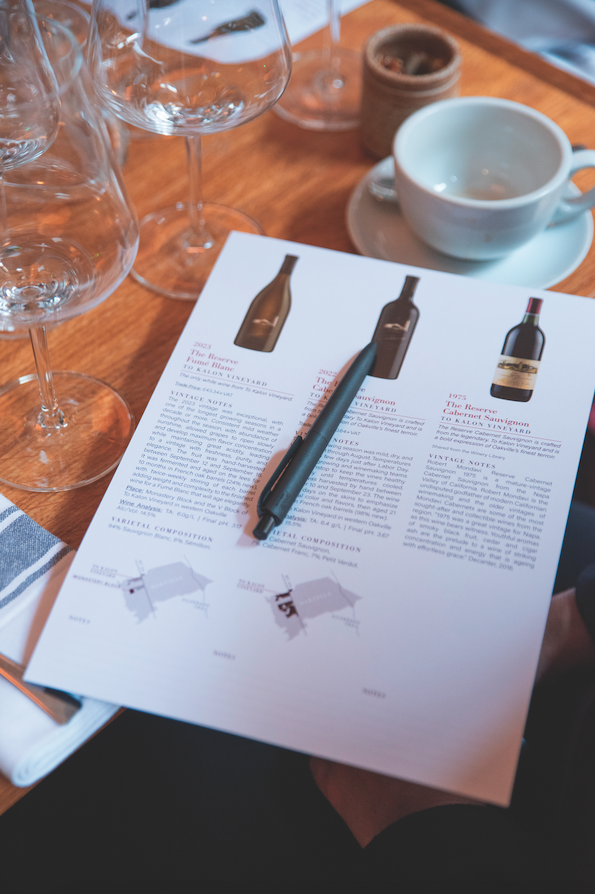The fuschia is bright for Côtes du Rhône rosé
France’s Rhône Valley is home to a bewildering array of wine styles – and now the region’s rosés are coming to the fore, as Elizabeth Gabay MW discovers.
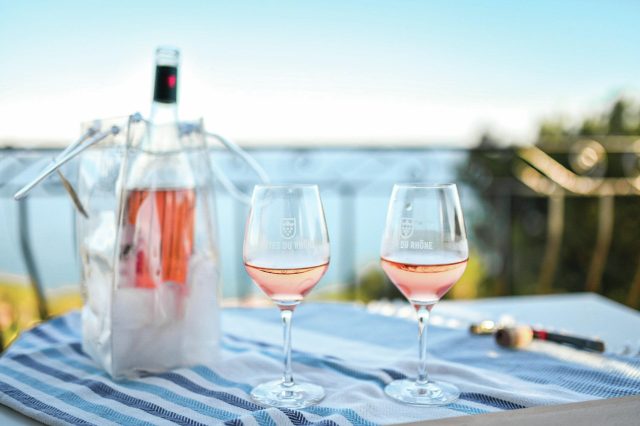
Photo Courtesy: @Camille Meffre
The Rhône Valley is one of the major wine-producing areas of France – the second-largest behind Bordeaux. While best-known for red wines, the Rhône Valley also has a long and proud history of making rosé. The Rhône’s largest appellation, Côtes du Rhône, produces more than 10 million bottles of rosé annually (88,000 hectolitres in 2023), across a wide variety of terroirs in the southern Rhône.
Rhône Valley vineyards run from the city of Vienne in the north to the Rhône delta opening out into the Mediterranean in the south, with 10,000 hectares of vines devoted to rosé in the wider Rhône Valley, producing just over 10% of all southern French rosé.
The appellations Côtes du Rhône and Côtes du Rhône Villages represent 56% of the Rhône’s production, of which 6% is rosé, and in diverse styles, from light and delicate to fruitier and more fullbodied, reflecting the qualities of the different terroirs.
With the rise in popularity of rosé, Inter Rhône, the professional body that represents the producers, is keen to see total Côtes du Rhône rosé volumes more than double by 2030, to reach 15% of its total wine production.
The hierarchy of appellations starts with the largest volume from the Côtes du Rhône, and greater focus on local terroir under the Côtes du Rhône Villages AOP; and then tighter control under the Côtes du Rhône Villages plus village name AOP, although not all of the named villages allow for rosé. These appellations spread out on both sides of the River Rhône.
Cooling Mistral
Throughout the region, the summers are hot and dry, cooled only by the Mistral wind and with relief from the presence of the Rhône river and the ranges of hills rising to the Massif Central on the right bank and the pre-Alps on the left bank. Among the named villages of Côtes du Rhône Villages, Chusclan, Roaix, Séguret and Sablet are the most significant for rosé production, while those of Rochegude, Rousset-les-Vignes, SaintGervais, Saint-Maurice, Saint-Pantaléonles-Vignes, Valréas and Visan, although allowing rosés to carry the villages label, currently produce only tiny volumes under this, at less than 1% of their production.
As for many southern French rosés, the Grenache-Syrah-Cinsault blend is widespread. Under the Côtes du Rhône appellation rules, rosés are generally Grenache-based, with Syrah or Mourvèdre, and can also include a small percentage of other authorised varieties such as Grenache Blanc, Bourboulenc and Clairette.
Côtes du Rhône rosés have different styles, often lacy and delicate when the wines contain more Cinsault and are from cooler limestone or sandy site. Or, conversely, more full-bodied from warmer galets roulés vineyards or when made with heartier grape varieties such as Syrah or Carignan.
This distinction often suggests which bank of the Rhône the wines come from, with the left bank tending to produce lighter and elegant rosés while wines from the right bank, influenced by the tradition of the fuller-bodied Tavel, galets roulés and less mountainous landscape, are geneally bigger bodied and structured. Across the Ouvèze lie the galets roulés, or rolled river pebbles, of the Plan de Dieu. Rosés from this area have a little more body and richness, thanks to the heat-retaining nature of the pebble-strewn vineyards.
Côtes du Rhône Villages Séguret, on the left bank, produces more rosé than any other village appellation. The rosés express Séguret’s exposition at the foot of the limestone Dentelles de Montmirail.
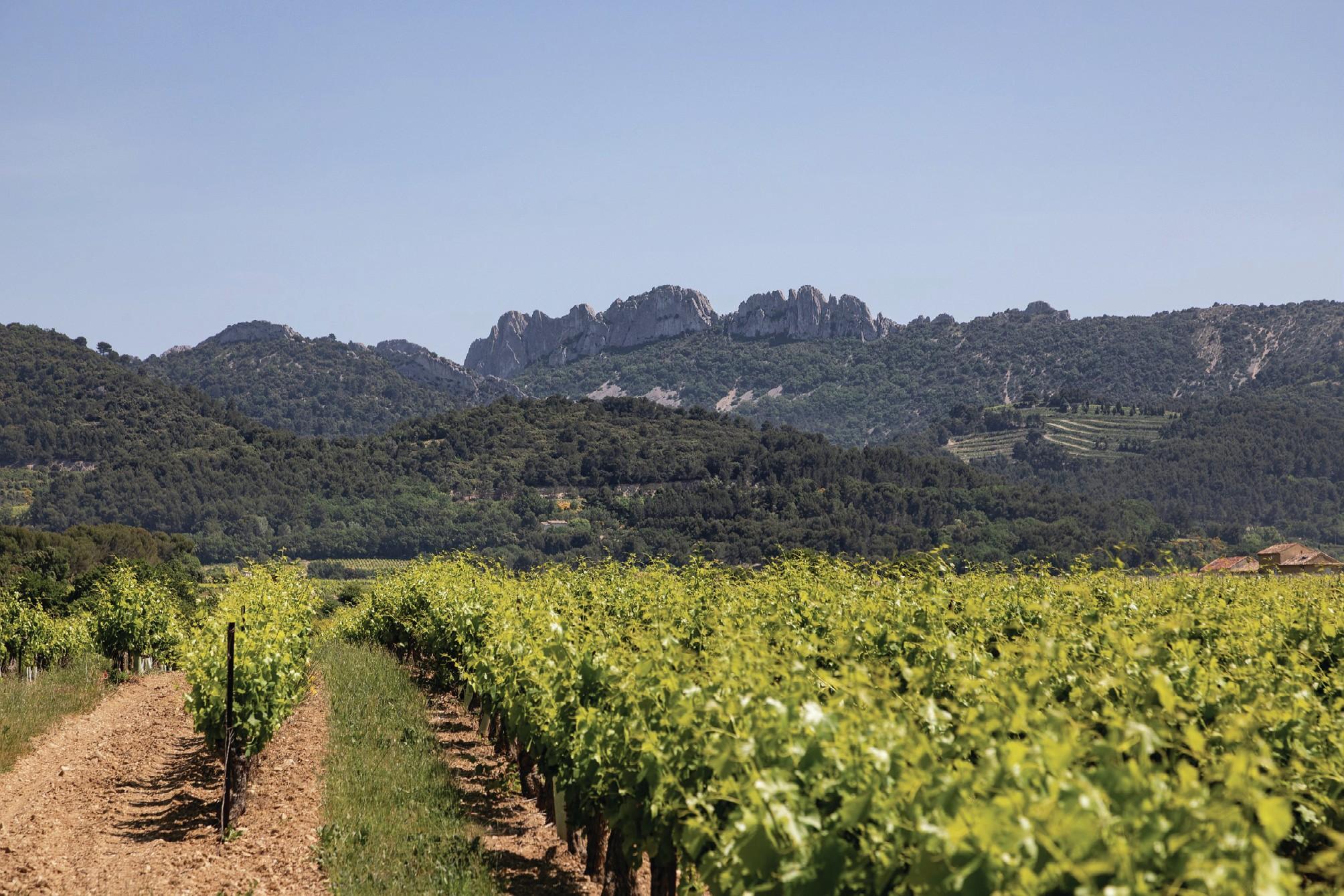
Photo Courtesy: @Bernard Favre
Many of the best rosés come from parcels at slightly higher altitudes, with more limestone in the soils, and often west-facing. Just north of Séguret is Sablet, still at the foot of the Dentelles, and with limestone hills which rise with ragged peaks, but notable for its sandier soils along the Ouvèze river. These provide the rosés with a lot of delicacy and elegance. After Séguret, Sablet produces the most village-level rosé.
Northern limit
North along the Ouvèze from Rasteau, on similar clay-limestone soils, relatively little rosé is made. Many producers regard Mourvèdre as being at its absolute northern limit here, believing that it only ripens sufficiently in the hottest sites. Some, however, put Mourvèdre to excellent use in rosé to create some more structured, darker-fruit wines.
With such a diversity of styles, the area is rich in offering and promises a rosé to please everyone and to partner a wide range of gastronomy. Fuller-bodied rosés will accompany richer foods through the colder months, and the lighter styles are perfect for sunny days and summer food. As far as exports are concerned, the UK is positioned as the second-largest export market for Rhône Valley wines (in volume terms) behind Belgium, while the UK is the biggest market for Côtes du Rhône Villages wines, with 36% of appellation’s total volumes.
Ambitious plans are afoot to raise the amount exported to 50% of production by 2030 by balancing out the sales between all three colours and increasing production, with the promise of discovering even more diversity throughout the Rhône Valley. That, plus their excellent value for money, make Côtes du Rhône rosés a serious candidate for exciting new discoveries.
Read on for Elizabeth Gabay MW’s tasting notes for a selection of some of her favourite Rhône rosé wines.
Partner Content

1. Domaine de Dionysos, AOC Côtes du Rhône Rosé, La Deveze 2023 from Uchaux village has a pale peachy pink colour with gentle ripe peach aromas. On the palate peach, pear, almond kernel, some crunchy red currant acidity and a touch of crunchy green apples. Nice complexity and balance.

2. Domaine Pique-Basse, AOC Côtes du Rhône Villages Roaix Rosé, L’Ambigu 2022 from Roaix village is a blend of Cinsault, Grenache, Mourvèdre, and illustrates the structure achieved with Mourvèdre. Vibrantly fresh red berry fruit aromas followed by deliciously ripe strawberries and raspberries make this unashamedly a rosé, perfect for summer drinking with long acidity reflecting its more northerly location.

3. Domaine Lucien Tramier, AOC Côtes du Rhône Rosé, La Pécoulette 2023 from Cairanne village. Pale shell pink with delicate muted aromas. Notes of delicate almond, garrigue, white peach and crunchy apple fill the palate complimented by a fine citrus acidity and zesty minerality giving a vibrantly fresh wine.

4. Domaine de l’Odylée, AOC Côtes du Rhône Rosé, Le Rose d’Automne 2023 from the Plan de Dieu, is a dark Syrah ‘rosé’ with almost sweet almost toffee apple and raspberry jam aromas. Sweet jamminess, round rich robust and almost a dessert wine with its lovely ripe fruit. Completely different to all the other wines – juicy, full-bodied cherry fruit, spice and vibrant tannins.

5. Domaine les Sibu, AOC Côtes du Rhône Villages Sablet Rosé 2023 from Sablet village produces an extremely pale rosé with this characteristic white, lacy structure and Cinsault delicate florality. Pretty white fruit aromas. Very pretty, lacy, floral and peachy, quite charming and pretty with long fine acidity.

6. Domaine des Escaravailles, AOC Côtes du Rhône Rosé, Les Antimagnes 2023 from Rasteau village is salmon pink, a percentage of Mourvèdre giving extra spice. The creamy floral fruit is fragrantly perfumed and elegant, with almost a touch of orchard blossom and purple lavender, opening up to reveal some ripe red fruit on the finish.


